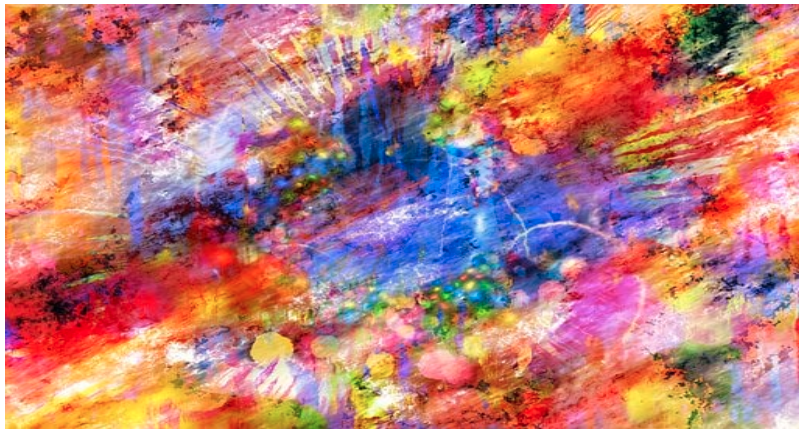
With the year coming to a close, investors have become more conservative with where they put their money. The importance of developing a good investment portfolio is indisputable; thus, options like stocks are no longer just a Wall Street problem. If you have joined the Oxford club, your primary concern is probably weighing between growth and value stocks as part of an inflation resistant growth strategy.
If you are not thinking in that direction already, then you should. Marc Lichtenfeld-Founder and editor of Oxford Income letter and Chief Income Strategist for Oxford Club-predicted the current U.S. economy crash and Inflation. In an Oxford Income Letter: The Era of Valorem, he foresees a massive change in the stock market where overvalued growth stocks will fall, and everyone will opt for value stocks.
What is the difference between Growth Stocks and Value Stocks?
If you are beginning to understand the stock market, here is another thing you should know. There are two classic approaches to stock investing, value and growth stocks. The primary difference between these two is based on investor preference for one over the other. However, some investors choose to invest in both as part of their portfolio development strategy.
Investors opt for growth stocks and seek to earn profits through stock price appreciation. Basically, the growth stocks companies reinvest their earnings into the company and return the value to shareholders. Growth stocks are typically volatile and exhibit a lot of share price fluctuations.
On the other hand, value stocks take time to return value. On the flip side, they are more steady despite market conditions as they await to reach their market price. Investors can buy shares when value stocks are perceived to be worth less than their intrinsic value. Regardless, when the time comes, they trade at inexpensive valuations. The fact is value stocks are slow and boring but are also profit-proven machines for long-term investors.
Is Artwork a Value or Growth Stock?
According to the Deloitte 2021 report, Art as an Asset Class, there is growing attention to art as a promising investment class. Art appears to fall under a sophisticated financial and estate planning ideal as some prominent figures set the pace for this new investment choice.
The top of art investors’ list features some familiar names, including Madonna and Leonardo DiCaprio. Millennials appear to run with the trend as of 2020 Art Basel, and UBS Global Art Market Report revealed that Generation Y buys more art and does not mind spending money on it compared to any other demographic.
Artwork is undoubtedly a long-term investment that offers substantial potential to strengthen your portfolio. This unique asset class has an innate sense of stability as it holds value even as other stocks plummet. Therefore, it is a smart option for investors seeking to preserve wealth and build resilience against inflation. However, art remains an illiquid asset and thus takes time to convert into cash despite its high monetary value.
Why is Artwork a Good Investment Option?
If you are an investor seeking to preserve wealth, the artwork is a tangible way to do so. The main perk of art is its independence in the market. Art is not affected by stock market performance and thus holds your money tight in a volatile economy.
For ages, art investment was left for the affluent or people looking for things to spend money on. However, the digital era is gradually shifting that narrative as more people realize the role of art investments in a portfolio.
Digital art and NFTs appear to be new concepts in the game, opening the doors of art investment to the younger generation in a language they understand best-technology. Contrary to the conventional art gallery picture of the Mona Lisa setting, digital art is intangible and almost indestructible.
While the world tries to fathom and navigate digital art investments, physical art either maintains or increases in value and is not susceptible to market fluctuations. Therefore, regardless of your net worth, artwork remains a viable option for portfolio diversification.
How to Invest in Art.
We live in a generation that has learnt to embrace the unconventional and found ways to find seats at tables that once appeared out of reach. It is no different from the art game. People of any income level can claim a stake in the art game through the following ways:
- Purchasing Individual Works
The demand for art is snowballing, so numerous artists are showcasing their work to secure a place in the market. Before you buy art, take some time to research, and understand the field, the leading artists and the past performance of similar works. While at it, try and gauge the expected return on investment and, most importantly, find something that appeals to you, as you are likely to hold on to it for a while.
- Investing in digital art- NFTs have an exceptional sense of digital integrity. Thanks to the support of blockchain platforms, they also provide transparency and liquidity, which sets them apart from traditional physical fine art. You can purchase NFTs from an NFT marketplace such as OpenSea. These sites connect investors and artists.
- Buying Fractional Shares- Not everyone can afford to purchase artwork from leading artists, but fractional shares allow investors to participate and profit by buying slices or shares of valuable art.
- Investing in Related Stocks- You can also invest in supporting stocks, such as design software used to create the artwork. For instance, several artists use Adobe Illustrator or Photoshop to create art; thus, investors can invest in Adobe Inc. stocks.
- Art Funds- Art exchange-traded and index funds do not feature on the usual investment platforms. Instead, you can find them on specific media such as YieldStreet, which help you manage and insure your investments.
Bottom line
Art assets have been around for a while and, in the face of different markets, have proven their sturdiness in wealth maintenance and development. As the world finds ways to break barriers in the art game, it is wiser to join the value chain early. Re-evaluate your strategy to include art stock to maximize the benefits of art as a long-term investment. Remember to always do some due diligence before diving into it, as art investments have risks like any other form of investment.







